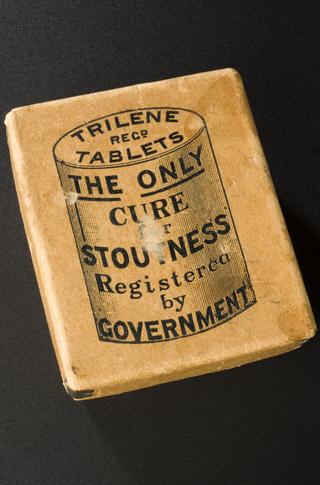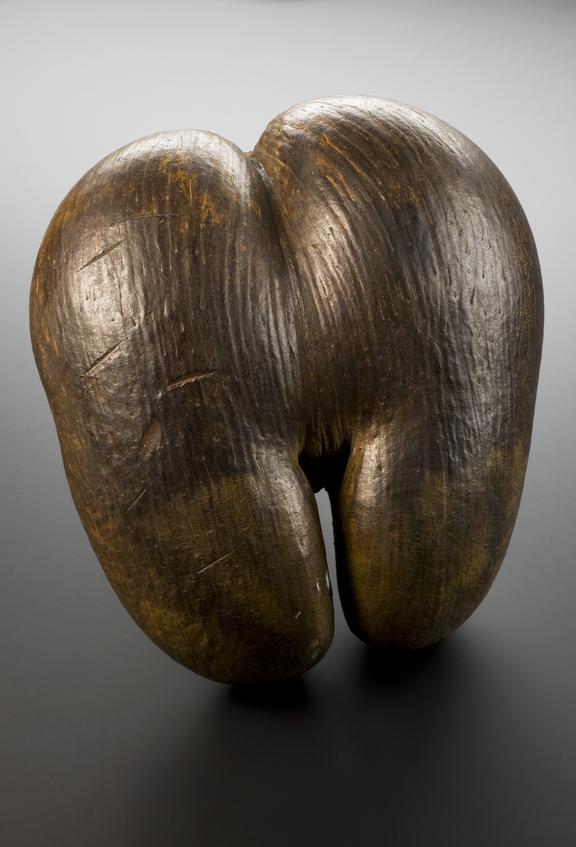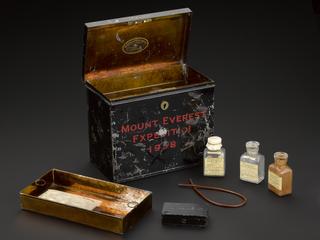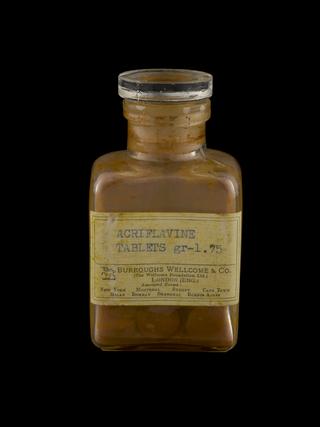
Coco de mer fruit, Praslin Island, Seychelles, 1851-1930
- Made:
- 1851-1930 in Seychelles

Coco de mer fruit, Praslin Is. Seychelles, 1851-1930
The coco de mer palm produces the largest seed in the plant kingdom. The palm is found in only two of the 115 islands in the Seychelles archipelago in the Indian Ocean. It is known as an endemic species. This means one that is unique to a specific location. Many endemic species have evolved on isolated islands. The empty seed pods were discovered floating in the sea by seafarers. They had been swept away on tidal currents. Similarity to the female form made the fruits highly collectable. The coco de mer fruit is used within Chinese Traditional Medicine. It treats throat and chest complaints. The kernel of the nut is used within Ayurvedic medicine as an anti-diabetic medicine. The water from the green fruit neutralises stomach acids. Western herbal traditions use the coco de mer to treat nervousness and insomnia.
Details
- Category:
- Materia Medica & Pharmacology
- Collection:
- Sir Henry Wellcome's Museum Collection
- Object Number:
- A659390
- Materials:
- fruits
- Measurements:
-
overall: 15 mm x 280 mm x 250 mm, 1.049kg
- type:
- coco de mer

